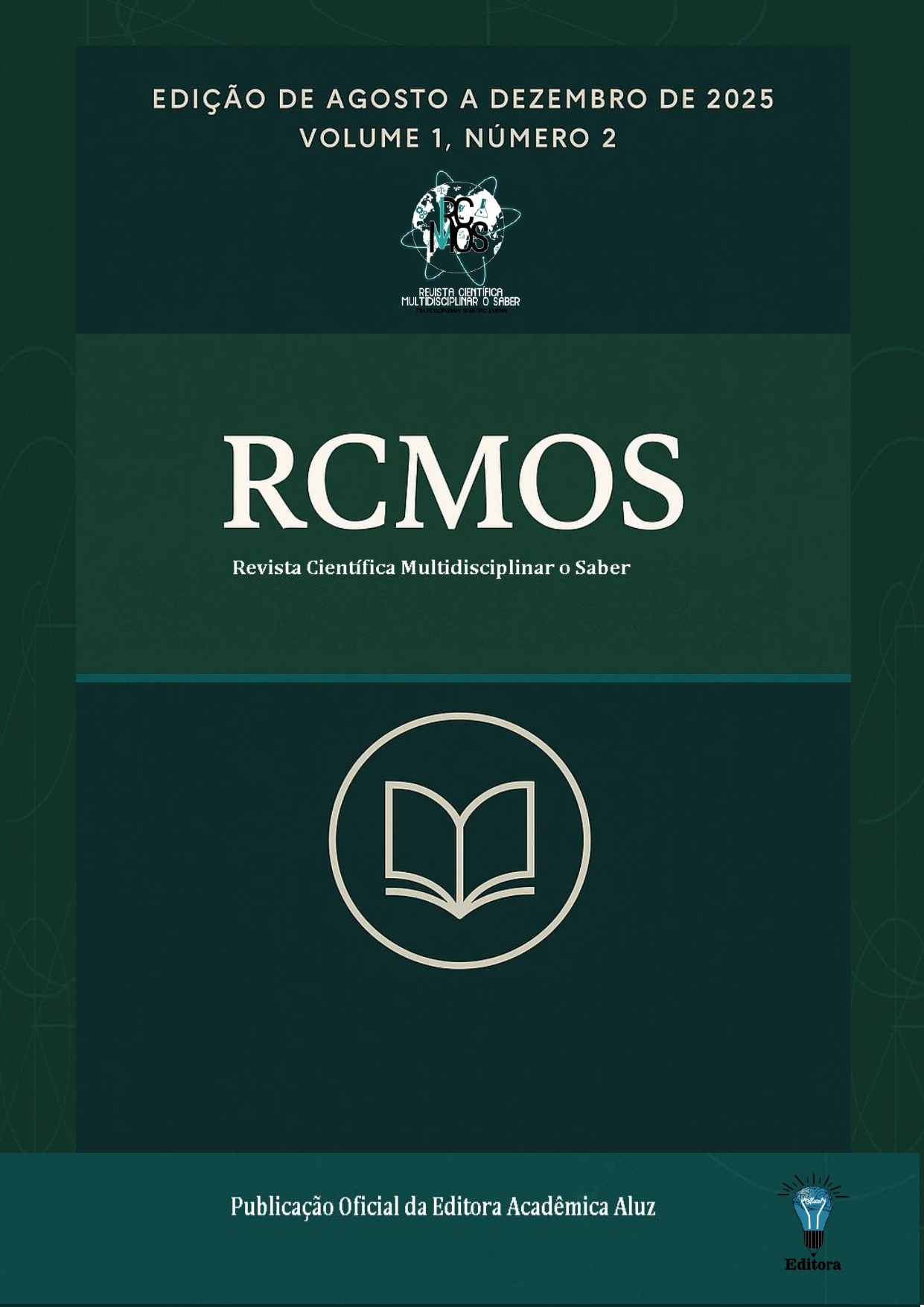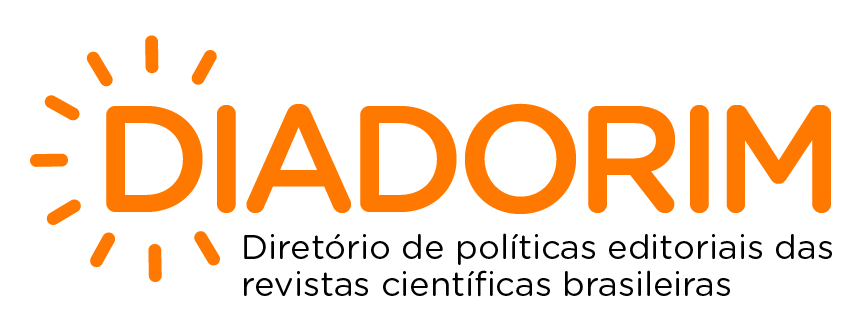The Sereni Smart Bracelet: A Multimodal Sensory Wearable for Autoregulation inIndividuals with Autism Spectrum Disorder
The Sereni Smart Bracelet: A Multimodal Sensory Wearable for Autoregulation inIndividuals with Autism Spectrum Disorder
DOI:
https://doi.org/10.51473/rcmos.v1i2.2025.1238Palavras-chave:
Autism Spectrum Disorder, Sensory WearableResumo
Background: Individuals with Autism Spectrum Disorder (ASD) frequently experience
challenges with sensory processing, emotional regulation, communication, and focus, often
leading to significant distress or "meltdowns." Existing market solutions for sensory support
are typically single-functional, often stigmatizing, and lack the discreet, portable design
necessary for continuous use across diverse environments. Objective: This paper introduces
the Sereni smart bracelet, a novel, multi-functional, and discreet wearable device
conceptualized to provide personalized sensory stimuli (vibration, ASMR/binaural sounds, and
light) to support autoregulation, improve focus, and aid in crisis prevention for neurodivergent
individuals, particularly those with ASD across all support levels. Methods: We employed a
user-centered design (UCD) approach informed by identified needs of autistic individuals and
their families, as well as established principles of sensory intervention. The Sereni bracelet
integrates three core sensory modalities: a central button for customizable vibrations (targeting
therapeutic frequencies between 40-120 Hz), a lateral output for user-selected ASMR and
binaural sounds, and integrated lights around the main button for visual distraction. The design
prioritizes discreetness, personalization through interchangeable bands, and user comfort
(hypoallergenic silicone). Results: The Sereni bracelet is positioned as an innovative "blue
ocean" solution, addressing a significant market gap for a comprehensive, multi-functional, and
non-stigmatizing sensory aid. Its design directly tackles the critical need for a tool that offers
continuous support without drawing unwanted attention. The multimodal stimuli are grounded
in established evidence for sensory interventions in ASD, including specific vibration
frequencies for calming, the benefits of music therapy and light therapy. The integration of userselectable functions caters to individual sensory profiles, promoting self-management and
independence. Conclusions: The Sereni smart bracelet offers a promising, user-centered
approach to sensory support for individuals with ASD. By empowering self-regulation through
discreet, customizable sensory input, it has the potential to reduce crisis severity, improve focus,
and enhance overall quality of life for both autistic individuals and their families. This project
aims to bridge the gap between therapeutic needs and practical, socially acceptable wearable
technology.
Downloads
Referências
World Health Organization. Autism. Published July 27, 2023. Accessed August 1, 2025. https://www.who.int/news-room/fact-sheets/detail/autism-spectrum-disorders
American Psychiatric Association. Diagnostic and Statistical Manual of Mental Disorders. 5th ed. American Psychiatric Association; 2013. https://doi.org/10.1176/appi.books.9780890425596 DOI: https://doi.org/10.1176/appi.books.9780890425596
Ben-Sasson A, Hen L, Fluss R, Cermak SA, Engel-Yeger B, Gal E. A meta-analysis of sensory modulation symptoms in individuals with autism spectrum disorders. J Autism Dev Disord. 2009;39(1):1-11. https://doi.org/10.1007/s10803-008-0593-3 DOI: https://doi.org/10.1007/s10803-008-0593-3
Baranek GT, David FJ, Poe MD, Stone WL, Watson LR. Sensory experiences questionnaire: Discriminating sensory features in young children with autism, developmental delays, and typical development. J Child Psychol Psychiatry. 2006;47(6):591-601. https://doi.org/10.1111/j.1469-7610.2005.01546.x DOI: https://doi.org/10.1111/j.1469-7610.2005.01546.x
Karst JS, Van Hecke AV. Parent and family impact of autism spectrum disorders: A review and proposed model for intervention evaluation. Clin Child Fam Psychol Rev. 2012;15(3):247-277. https://doi.org/10.1007/s10567-012-0119-6 DOI: https://doi.org/10.1007/s10567-012-0119-6
Ferreira ML, Andrade CB, Cunha GR. Intervenções sensoriais como abordagem terapêutica no transtorno do espectro autista: uma revisão integrativa. Brazilian Journal of Official Implantology and Health Science. 2022;4(9):143-151.
Kern JK, Trivedi MH, Grannemann BD, Andrews AA, Savla JS, Johnson DG, Schroeder JL. Sensory processing and engagement in repetitive behaviors in autism spectrum disorders. J Autism Dev Disord. 2011;41(6):758-767. https://doi.org/10.1007/s10803-010-1090-6
Padilha MM, Santos JR. Musicoterapia no tratamento de crianças com transtorno do espectro autista: Um estudo de caso. Revista Brasileira de Musicoterapia. 2019;23(1):32-45.
Veiga G, Lemos IC, Ferreira MP. Chromotherapy as complementary intervention for children with ASD: Sensory modulation and behavior impact. Revista Interdisciplinar de Estudos em Saúde. 2021;10(2):55-64.
Sharma M, O’Hare A, Hoare DJ. Sensory integration therapies for autism spectrum disorder: A critical review. Eur J Pediatr. 2020;179(3):393-402. https://doi.org/10.1007/s00431-019-03555-z
Pfeiffer B, Koenig K, Kinnealey M, Sheppard M, Henderson L. Effectiveness of sensory integration interventions in children with autism spectrum disorders: A pilot study. Am J Occup Ther. 2011;65(1):76-85. https://doi.org/10.5014/ajot.2011.09205 DOI: https://doi.org/10.5014/ajot.2011.09205
Bieleninik Ł, Posserud MB, Gold C. Effects of improvisational music therapy vs enhanced standard care on symptom severity among children with autism spectrum disorder: The TIME-A randomized clinical trial. JAMA. 2017;318(6):525-535. https://doi.org/10.1001/jama.2017.9478 DOI: https://doi.org/10.1001/jama.2017.9478
Goodall E. The autistic adult: A review of issues and related literature. Autism. 2018;22(6):723-732. https://doi.org/10.1177/1362361317714588 DOI: https://doi.org/10.1177/1362361317714588
Kim W, Mauborgne R. Blue Ocean Strategy, Expanded Edition: How to Create Uncontested Market Space and Make the Competition Irrelevant. Harvard Business Review Press; 2015.
van der Linden R, van der Woude LH, Hettinga F, Burger H, Abma TA. User-centered design for and with people with severe intellectual and multiple disabilities: A systematic review. J Appl Res Intellect Disabil. 2021;34(5):1017-1033.
DiSalvo C, Piper AM, Mankoff J. An empirical investigation of the impact of visual design on perceptions of assistive technology. In: Proceedings of the 6th International Conference on Pervasive Technologies Related to Assistive Environments. ACM; 2013: Article No. 6.
Benton T, Baranek GT, Watson LR, et al. Feasibility of a parent-implemented intervention for young children with autism: A pilot study. J Early Interv. 2014;36(4):259-277.
Ashburner J, Ziviani D, Rodger S. Sensory processing and sensory modulation in children with autism spectrum disorders. J Autism Dev Disord. 2008;38(4):618-627.
Schoen SA, Miller LJ, Brett-Green BA, Nielsen DM. Physiological responses to sensory challenges in children with autism spectrum disorders. Am J Occup Ther. 2008;62(5):548-557.
Padilha MM, Santos JR, Oliveira AM. Music therapy and emotional regulation in children with autism spectrum disorder: A systematic review. Complement Ther Med.2020;55:102555.
Downloads
Arquivos adicionais
Publicado
Edição
Seção
Categorias
Licença
Copyright (c) 2025 Isabella Tocchini Kiehl (Autor)

Este trabalho está licenciado sob uma licença Creative Commons Attribution 4.0 International License.
Este trabalho está licenciado sob a Licença Creative Commons Atribuição 4.0 Internacional (CC BY 4.0). Isso significa que você tem a liberdade de:
- Compartilhar — copiar e redistribuir o material em qualquer meio ou formato.
- Adaptar — remixar, transformar e construir sobre o material para qualquer propósito, inclusive comercial.
O uso deste material está condicionado à atribuição apropriada ao(s) autor(es) original(is), fornecendo um link para a licença, e indicando se foram feitas alterações. A licença não exige permissão do autor ou da editora, desde que seguidas estas condições.
A logomarca da licença Creative Commons é exibida de maneira permanente no rodapé da revista.
Os direitos autorais do manuscrito podem ser retidos pelos autores sem restrições e solicitados a qualquer momento, mesmo após a publicação na revista.

















